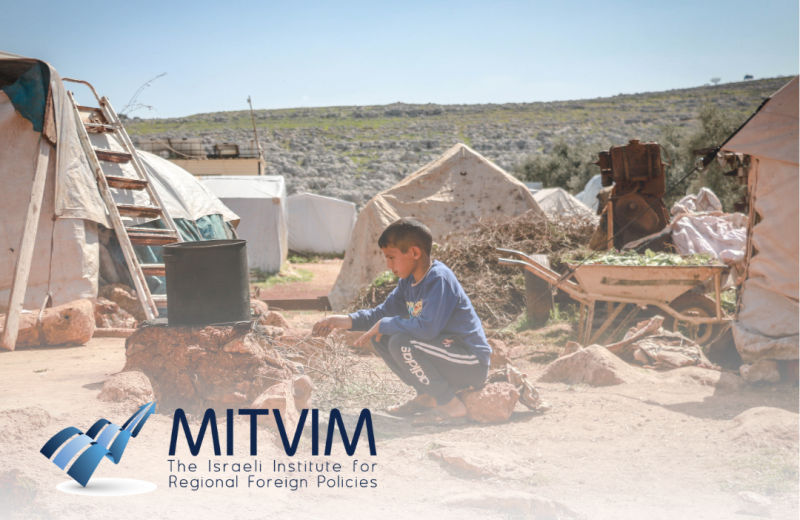 All Publications
/ The Gaza Campaign
All Publications
/ The Gaza Campaign
Update on the Humanitarian Situation in Gaza 21.7.2025: Hospitals in Distress, Dangerous Aid Distribution, Hundreds of Trucks Stuck
The Israeli Humanitarian Forum for Gaza – which includes Israeli humanitarian and aid organizations such as Mitvim – The Israeli Institute for Regional Foreign Policies – received alarming updates yesterday from international relief organizations operating in the Strip, indicating a severe deterioration in humanitarian conditions on the ground, and asking for help:
1. The GHF distribution has many problems. One issue being that it brings in food in insufficient quantities creating a massive pressure on its distributions. The distribution model is fundamentally unsafe by drawing people to these areas that are ostensibly secured by IDF but then patrolled by unknown security contractors with no clear RoE or responsibilities.
2. Dozens are killed and wounded per day at the GHF sites. This week the ICRC again posted on social media (like X) documentations of patients coming dead or passing out or severely wounded at their Rafah Field Hopsital.
3. The aid operation is not fair and equal. The GHF and UAE (the Emirites) can come in and out of Gaza, but others cannot. Do we know for sure that the GHF and UAE are actually meeting the goals they say they are? Meanwhile the UN announced that more than 700 trucks are stuck in Kerem Shalom, because they will be looted – again a result of this system that lets in too little. Because such limited quantities come in, the pressure is too high and it generates looting (which is also a result of a vacuum/absence of any security throughout Gaza)
4. Today, some hospitals reported to us that they have had to stop providing food to patients’s families and in some cases even to reduce food for the patients themselves, because there is not enough food in the strip.
Numerous testimonies from the ground – from organizations, photos, and direct witnesses – confirm that in Gaza today, at the most critical points, there is no food. Reports note a rising number of children hospitalized with malnutrition, the closure of bakeries and distribution centers, and more.
The causes of the shortage are varied: fuel shortages, ongoing violence, insufficient aid quantities, looting, and a deepening crisis in the months following the ceasefire.
The bottom line: we are at a critical moment that requires an immediate humanitarian reaction: There is an urgent need to find the fastest and most effective way out of this emergency – either through a humanitarian ceasefire or through agreements that enable food to reach the people at the edge of survival.


